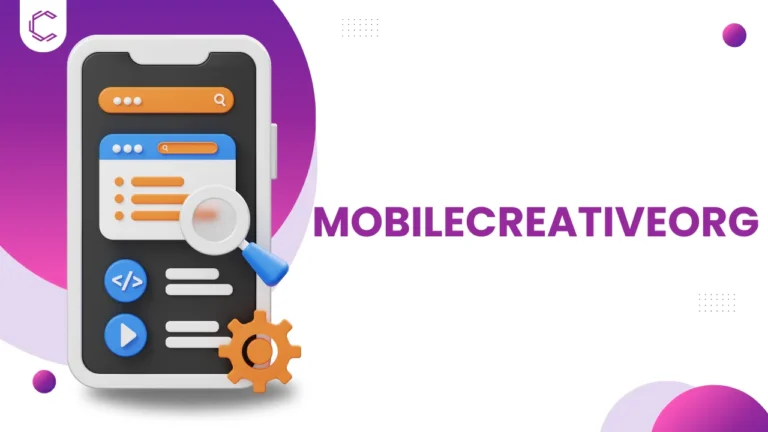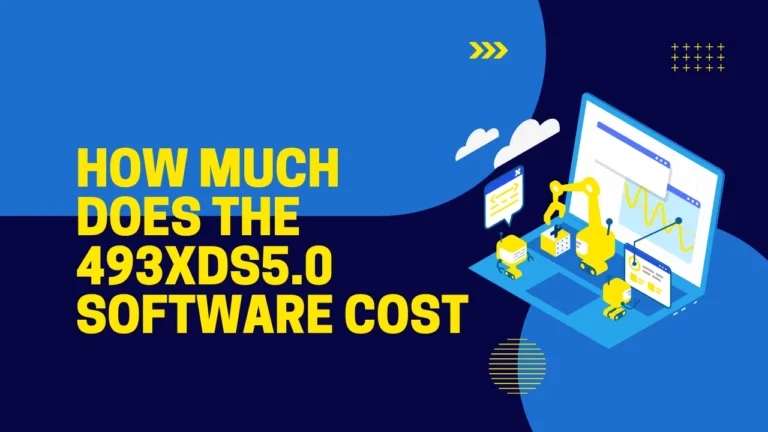AI vs. Templates Why Virtual Staging Is Finally Moving Beyond Stock Furniture
Virtual staging has become a standard tool in real estate marketing. For years, most staging was done with templates, stock couches, dining sets, or beds that were simply dropped into photos. The problem is that these generic models often look flat, repetitive, and out of sync with the actual space. That’s where AI real estate photo editing is changing the game. Instead of relying on limited stock furniture, new AI-driven tools allow for staging that feels personal, style-specific, and much more natural.
At AutoHDR, we see this shift happening every day. Real estate professionals no longer want copy-paste images. They want visuals that match the architecture of the home, the lifestyle of the buyer, and the expectations of the local market. This article explains why AI is replacing template-based staging, how it benefits both agents and buyers, and what it means for the future of real estate marketing.
The Problem With Templates
Traditional virtual staging was built around pre-designed furniture packs. These templates looked okay at first glance, but after a while, patterns became obvious:
- The same couch appears in multiple listings.
- Furniture doesn’t always match the room’s layout or light.
- Spaces often feel generic, like stock photos instead of lived-in homes.
Buyers are sharper than ever. They scroll through hundreds of listings online, and when the same staged furniture shows up again and again, the photos lose their impact. A home should feel unique, not like a carbon copy of the listing down the street.
How AI Real Estate Photo Editing Solves This
With AI real estate photo editing, virtual staging is no longer tied to a small library of stock models. AI allows editors to generate and place furniture that fits the specific room. Instead of dropping in the same gray sectional, the system can create variations that align with the home’s character.
For example:
- A modern loft can be staged with clean lines and minimal design.
- A family home can highlight warm, practical furnishings.
- A luxury property can feature upscale, custom-styled decor.
This flexibility is where AI staging pulls ahead. It gives photographers, agencies, and agents the ability to show buyers what a space could really feel like, not just a placeholder version.
Why Style-Driven Staging Matters
Real estate is emotional. Buyers often decide within seconds whether they feel connected to a space. That’s why photos are so important. With AI photo editing real estate solutions, staging becomes more than decoration. It becomes a storytelling tool.
Style-driven staging helps buyers:
- Visualize possibilities: A blank room can feel intimidating. Staged photos help buyers see how a space could work for them.
- Connect emotionally: A cozy living room staged with the right textures and tones can create a sense of “home.”
- Differentiate listings: When every photo looks personalized, a property stands out in crowded online searches.
This is something a template library simply can’t deliver.
The Role of a Real Estate AI Photo Editor
A modern real estate AI photo editor isn’t just about placing furniture. It also fixes details that impact staging quality:
- Correcting lighting so furniture matches the room’s brightness.
- Adjusting shadows and reflections for realism.
- Making sure perspective is accurate so pieces don’t “float.”
Combined with virtual staging, these edits help ensure the final image feels seamless, not artificial. For agents and photographers, that means fewer retouches and faster delivery.
Why Agencies Are Adopting AI-Based Staging
The benefits go beyond aesthetics. Brokerages and photography teams are turning to real estate AI photo editing because it solves three big pain points:
- Speed: A full set of staged photos can be ready in minutes instead of days.
- Cost: Automated tools are often more affordable than outsourcing to human editors or paying for costly template packs.
- Scale: Teams managing hundreds of listings can get consistent, high-quality edits without bottlenecks.
The ability to access an online AI real estate photo editor also means teams can upload, edit, and download directly, keeping workflows simple.
The Buyer’s Perspective
From the buyer’s side, realistic, style-driven staging feels trustworthy. Poorly staged or generic photos can sometimes create the opposite effect, raising doubts about the property or distracting from its real potential.
When staging is handled by advanced real estate photo editing services, buyers experience photos that feel polished yet natural. Instead of scrolling past, they stop, explore, and imagine themselves living there. That kind of engagement increases the odds of scheduling a showing.
What This Shift Means for the Future
The move away from template staging is a sign of where the market is heading. Just as HDR editing once replaced flat, single-exposure photos, AI real estate photo editing is now setting the new standard for virtual staging. The days of stock furniture are fading. What’s next is customizable, style-specific, and instantly produced visuals that align with how buyers actually shop for homes.
At AutoHDR, we believe staging should serve the property, not the template library. And with AI-powered workflows, it finally can.







